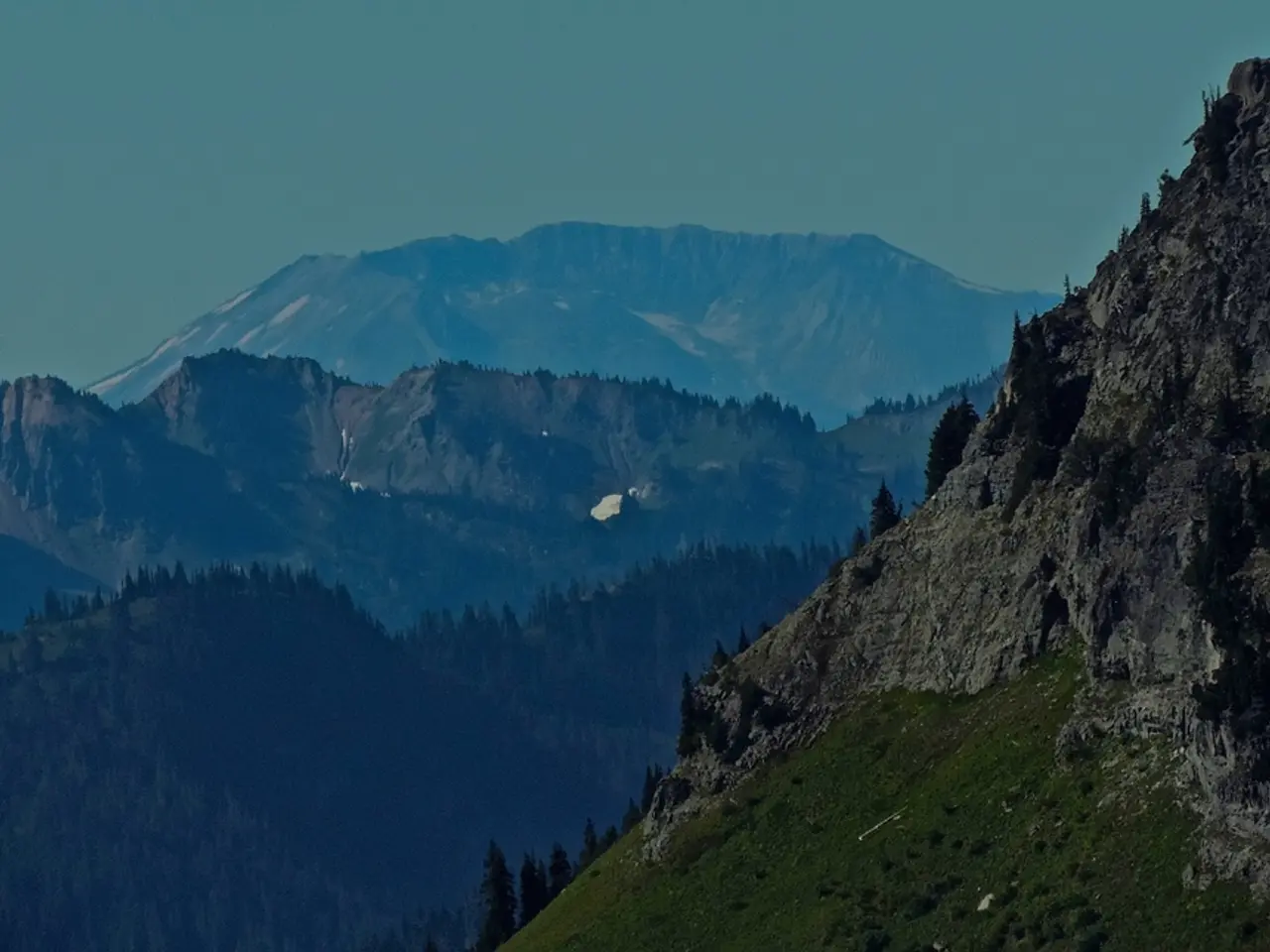John Muir, the Scottish-American, was a prominent figure in the efforts to preserve our wilderness areas.
**John Muir: A Pioneer of Environmentalism, Yet a Figure of Controversy**
John Muir (1838-1914), often referred to as the "Father of the National Parks," was a prominent figure in the late 19th and early 20th-century preservationist movement, standing in stark contrast to more utilitarian conservationists like Gifford Pinchot.
Muir's beliefs, rooted in biocentrism, regarded wild places as sacred "temples" that should be preserved for their inherent value, rather than managed for human benefit. This philosophy was evident in his opposition to the damming of the Hetch Hetchy Valley, a cause for which he famously clashed with Pinchot.
Muir's preservationist stance was a direct challenge to both laissez-faire attitudes that prioritised private property rights and unfettered resource extraction, and Pinchot's conservationism, which advocated for efficient, government-managed use of resources. Muir argued that Pinchot's approach did not go far enough in protecting natural places, as it still prioritised economic production over ecological or spiritual considerations.
However, Muir's biocentric vision sometimes overlooked the human dimensions of environmental issues, particularly the rights and traditions of indigenous peoples and local communities. This exclusivity would later become a point of criticism, as broader environmental justice movements emerged, seeking to connect ecological protection with social equity.
Despite these criticisms, Muir's work led to the establishment of Yosemite National Park, the Sierra Club, and the modern national parks system, cementing his legacy as a foundational figure in environmental activism. His impassioned writings and advocacy inspired millions to value and protect wild places.
The Muir-Pinchot split deeply influenced the environmental movement, creating a lasting tension between preservation and conservation that remains embedded in debates over land management, wilderness protection, and resource use in the U.S. and beyond.
Muir was born in Dunbar, Scotland, in 1838, and emigrated to the United States when he was 10 years old, settling in Wisconsin. After recovering from a bout of malarial sickness in Florida, he sailed to Havana, New York, and eventually California, where he was directed to the Yosemite Valley. In 1892, Muir founded the Sierra Club and was elected its president.
Initially, Muir worked as a sheep farmer in Yosemite, but he denounced the sheep as "hoofed locusts" due to their negative impact on the native woodland and natural diversity. Muir's scientific studies and exploration in Yosemite included climbing Cathedral Peak and studying the groves of giant sequoia.
An accident at work caused him to lose his sight, which led him to reevaluate his life and pursue his dream of exploration. Muir's campaigning led to the formation and protection of Yosemite National Park. In June 1889, Muir wrote an article for The Century magazine recommending Yosemite's protection. Muir and U.S. President Theodore Roosevelt formed an unlikely friendship and went on a camping trip to Yosemite in 1903, which influenced Roosevelt's stance on the protection of wilderness areas.
Muir was awestruck by the natural beauty of Yosemite and made it his home. In the 1860s, he worked in a wagon wheel factory in Indianapolis, and he studied botany and the sciences at the University of Wisconsin-Madison. He developed a deep spiritual connection with nature as a child and continued to nurture this connection throughout his life. Muir's adventures extended beyond Yosemite; he made trips to Alaska, British Columbia, and climbed Mount Rainier in Washington.
Muir's controversial views on race were denounced by the Sierra Club, but his legacy as a pioneer of environmentalism remains undeniable. His emphasis on the spiritual and intrinsic worth of wilderness continues to inspire, even as his limitations provoke ongoing debate about the goals and inclusivity of the conservation movement.
Science and environmental science have always been at the heart of John Muir's life. His studies at the University of Wisconsin-Madison and his explorations in Yosemite, including climbing Cathedral Peak and studying the groves of giant sequoia, were deeply rooted in the sciences. However, Muir's lifestyle extended beyond science, as he advocated for the spiritual and intrinsic worth of wilderness, a belief that led to his environmental activism and the establishment of Yosemite National Park. In contrast, sports and sports-betting seem to be unrelated themes given the context of this text.





